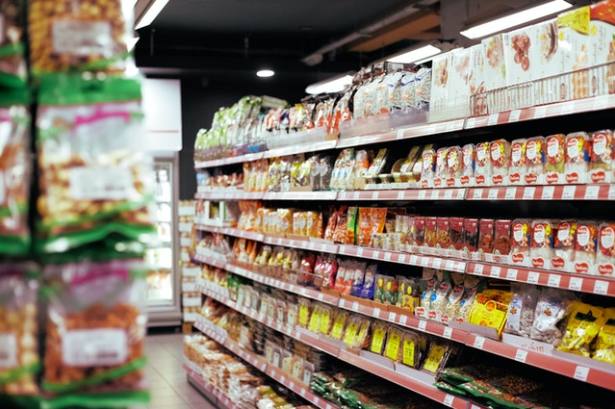
It is not, says Keith Balmer, product specialist, multi-asset team, at BMO GAM, going to get any easier.
He is referring to the challenge faced by asset allocators in trying to construct an income portfolio for clients in a period when government bond yields are at near record low levels, while traditional income-paying equities in areas such as retail banks, commercial property and oil companies are cancelling dividends.
Among the fastest growing companies listed on global equity markets, many are technology companies which do not presently pay significant dividends.
Balmer says low bond yields are forcing clients out of fixed income and into equities, “and because most of the equities that pay a decent yield are in riskier sectors, even a medium risk income portfolio is today higher risk than it has been in the past.”
He says his funds have started to buy emerging market bonds and high yield bonds as a way to grow the income yield, while not taking additional equity risk.
Quantitative easing
It is the precise aim of the central bank policy of quantitative easing to drive down the yields available on government bonds as a way to drive capital into higher risk areas of the market where the impact could be larger.
Aurele Storno, chief investment officer for multi-asset at Lombard Odier, says with valuations across all conventional asset classes “mid to highly expensive” the returns available to investors over the coming decade are likely to be lower than they have been in the past.
He believes it is realistic for clients in drawdown to expect a portfolio yield of between 3 per cent and 4 per cent in the years to come, whereas in the past the yield that could reasonably be expected was between 4 and 5 per cent.
Andrzej Pioch, multi-asset investor at Legal & General, says clients have to choose whether they want to “chase the yield”, in which case they will have to accept more volatility, or, if the client is in drawdown, he or she may wish to accept lower volatility and a lower yield for a quieter life.
One of the ways in which he tries to square the circle between volatility and yield is by owning lower volatility assets such as developed market government bonds, but going further afield than just the UK or US, so buying the sovereigns of Australia for extra yield.
Paul Niven, who runs the MAP multi-asset fund range at BMO GAM says: "In a low interest-rate world and one where the outlook for company earnings is uncertain, sourcing attractive and reliable sources of yield is a challenge. Keeping diversification to the fore of our thinking helps – a mindset that allows us to search out income opportunities and manage risks.








